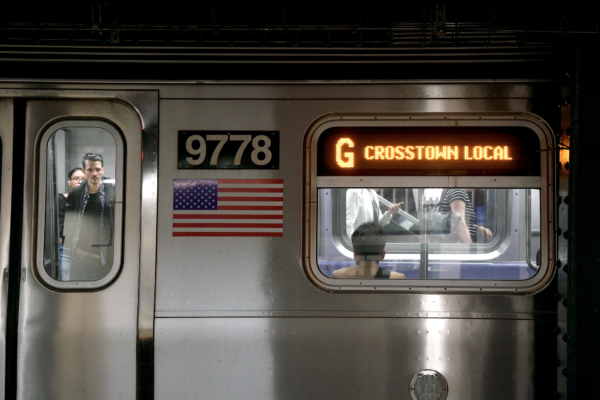New York City Subway’s G Line resumed full service to passengers this Tuesday after undergoing a two-month modernization upgrade this summer. The newly upgraded G Line features new tracks, switches, and signal lights, drawing attention to this century-old subway route.
The G Line is a cross-city route in Brooklyn that goes directly to Queens without passing through Manhattan, spanning approximately 11 miles with a daily ridership of 160,000.
According to information released by the Metropolitan Transportation Authority (MTA) on September 3, the upgraded tracks put an end to the original signal system that had been in use for over 90 years, and instead, installed the latest Communication-based Train Control (CBTC) technology. This more modern and reliable signal system means providing passengers with more dependable service.
The track underwent renovation in three stages from June 28 to September 3, where the closed segments included Court Square and Nassau Avenue, Court Square and Bedford-Nostrand Avenues, and Bedford-Nostrand Avenues and Church Avenues.
In the past, a significant portion of the G Line’s system was based on the design from the 1920s, and its aging infrastructure led to criticized service delays. Especially after the damage caused by Hurricane Sandy in 2012, requiring permanent track repairs, the line saw a significant decrease in operations within the next two years. However, the upgraded G Line is now equipped with 21st-century advanced facilities, including providing Wi-Fi service while traveling through the tunnels.
MTA stated that the next step involves the involvement of operators AT&T, T-Mobile, and Verizon on the line to complete their work. Furthermore, future renovation projects will primarily take place on weekends or during nighttime hours.
The entire project is expected to be completed in three more years by 2027, with a total cost estimated to reach $622 million.

